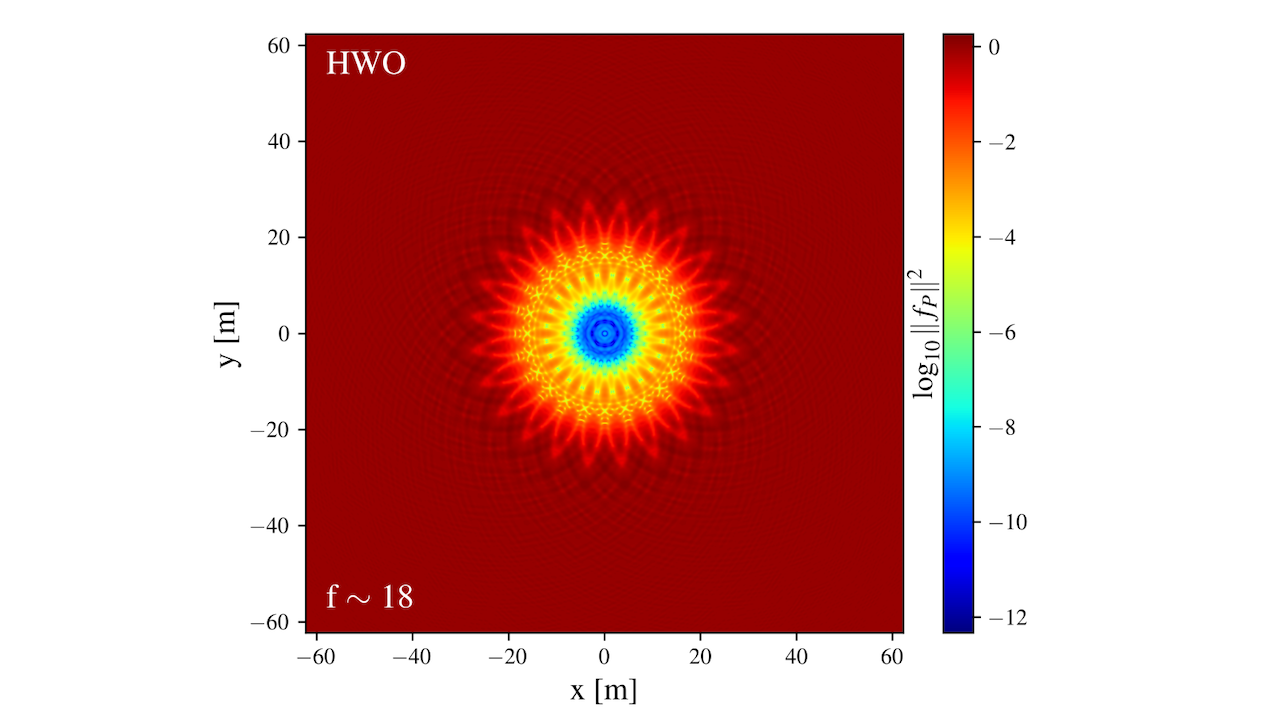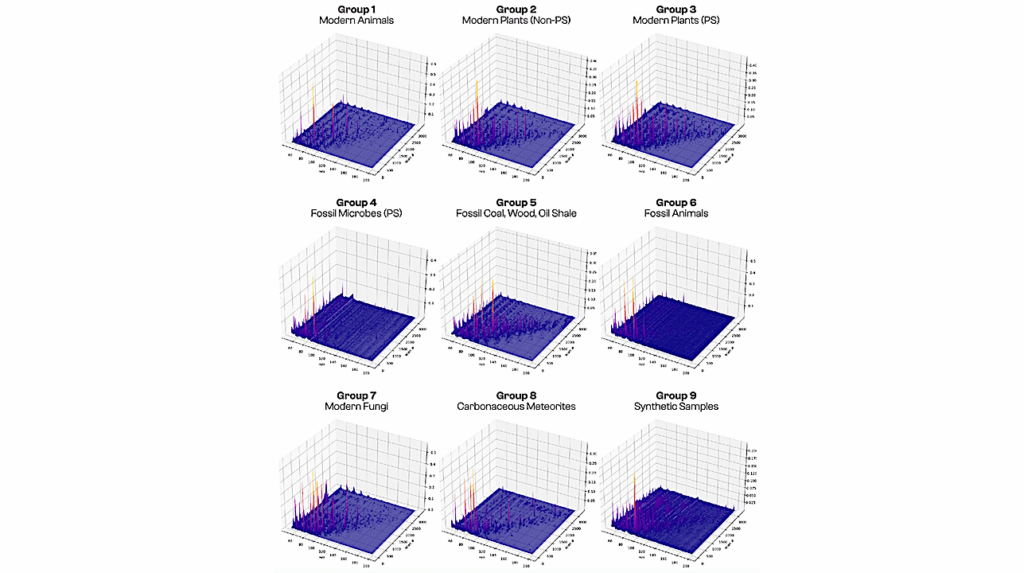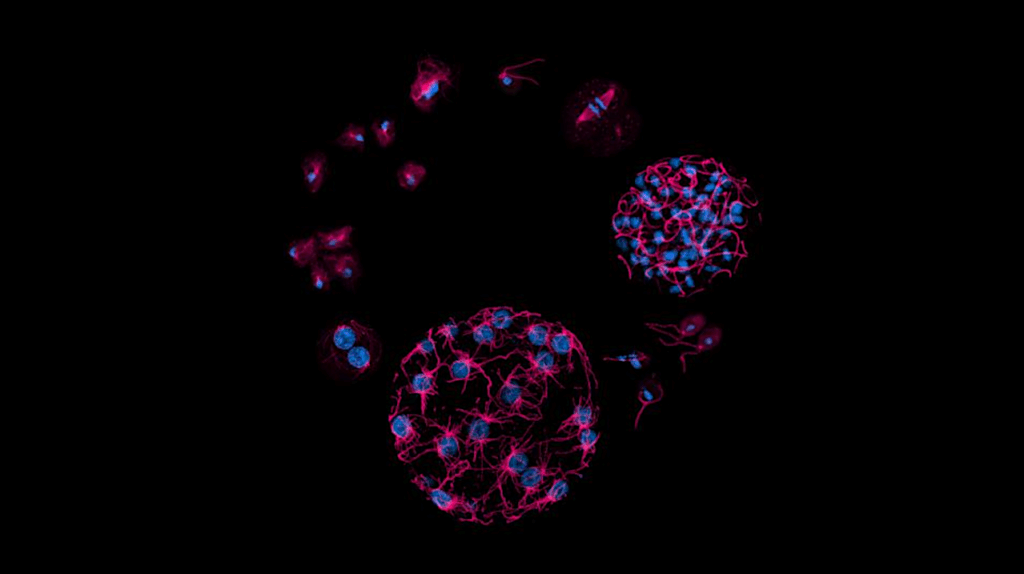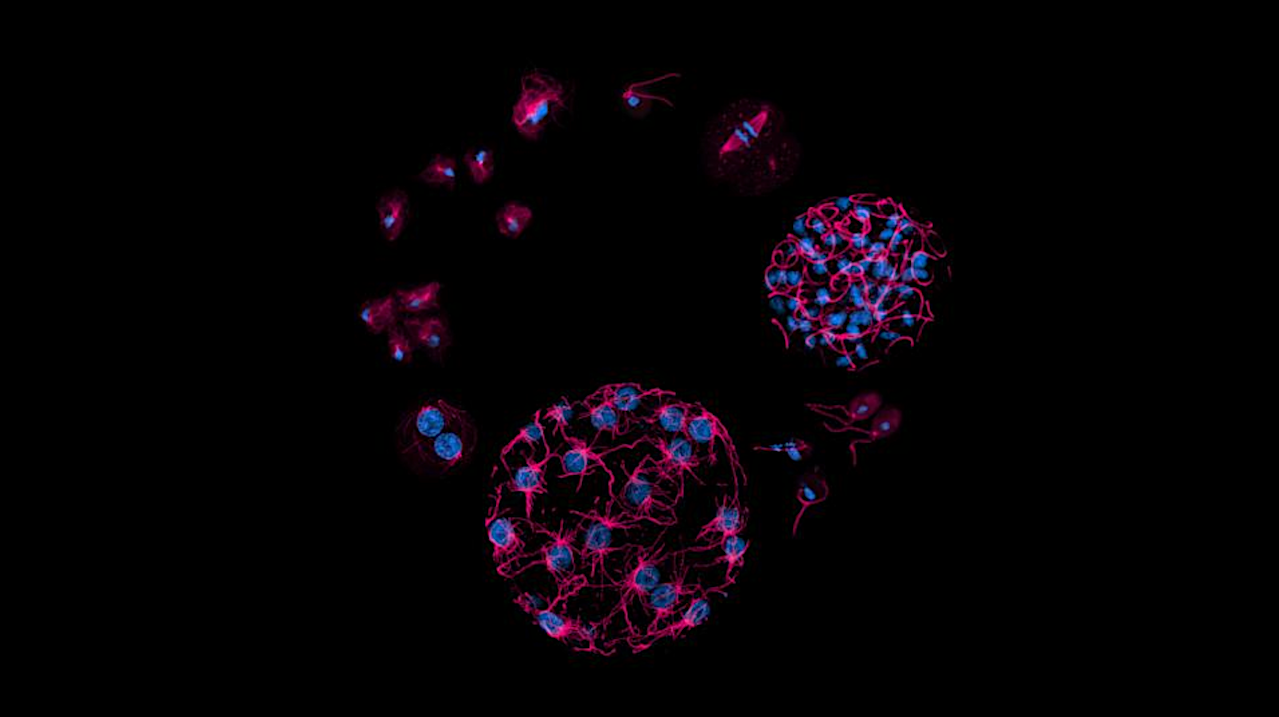Now Reading: Efficient Exoplanet Imaging Simulations of the Habitable Worlds Observatory
-
01
Efficient Exoplanet Imaging Simulations of the Habitable Worlds Observatory
Efficient Exoplanet Imaging Simulations of the Habitable Worlds Observatory


Suppression in logarithmic units (diffraction intensity at the telescope aperture ∥f ∥ P ∥ 2 ) is shown for the HWO 60 m starshade with 16 petals at a wavelength of 500 nm, with a spatial sampling of ∆P = 2 cm, NP = 6000. The central dark shadow is masked by the telescope and produces the on-axis stellar PSF. The dark shadow must therefore be as large as the aperture. To maintain the dark shadow (contrast), the Fresnel number should remain constant f = R2 ss λz ∼ 10 − 20. This can be maintained at wavelengths outside of the band by changing the lateral flight distance of the starshade z. The dark shadow is approximately the size of the starshade in diameter (60m). — astro-ph.IM
Direct imaging simulations of starshades and other proposed mission concepts are needed to characterize planet detection performance and inform mission design trades.
In order to assess the complementary role of a 60 m starshade for the Habitable Worlds Observatory (HWO), we develop the optical model of a starshade and simulate solar system imaging at 0 degrees and 60 degrees inclinations. The optical core throughput of a direct-imaging system is a key metric that governs exposure time and the potential exoplanetary yield of a mission.
We use our optical model to evaluate core throughput, incorporating 6 m segmented and obscured telescope apertures, over the visible to near-infrared wavelength band (500-1000 nm). Accurate diffractive optical simulations of this form require many large Fourier transforms, with prohibitive run-times, as both the starshade mask and telescope aperture require fine-scale spatial sampling.
We introduce a Fourier sampling technique, the Bluestein Fast Fourier Transform (BFFT), to efficiently simulate diffractive optics and enable high-fidelity simulations of core throughput. By characterizing sampling requirements and comparing BFFT’s computational complexity to standard Fourier methods (for example, DFT and FFT), we demonstrate its efficiency in our optical pipeline.
These methods are implemented in PyStarshade (Taaki 2025), an open-source Python package offering flexible diffraction tools and imaging simulations for starshades. Our results show the HWO starshade used with a segmented off-axis telescope aperture achieves an optimal core throughput measured within a photometric aperture of radius 0.7 lambda/D of 68 percent. With an additionally obscured aperture, a 66 percent core throughput is achieved.
Jamila Taaki, Farzad Kamalabadi, Athol Kemball, Lia Corrales, Alfred O. Hero III
Comments: 23 pages, accepted to AJ
Subjects: Instrumentation and Methods for Astrophysics (astro-ph.IM); Earth and Planetary Astrophysics (astro-ph.EP)
Report number: AJ AAS66361R1
Cite as: arXiv:2511.15511 [astro-ph.IM] (or arXiv:2511.15511v1 [astro-ph.IM] for this version)
https://doi.org/10.48550/arXiv.2511.15511
Focus to learn more
Submission history
From: Jamila Taaki
[v1] Wed, 19 Nov 2025 15:04:08 UTC (11,772 KB)
https://arxiv.org/abs/2511.15511
Astrobiology,
Stay Informed With the Latest & Most Important News
Previous Post
Next Post
-
 012024 in Review: Highlights from NASA in Silicon Valley
012024 in Review: Highlights from NASA in Silicon Valley -
 02Panasonic Leica Summilux DG 15mm f/1.7 ASPH review
02Panasonic Leica Summilux DG 15mm f/1.7 ASPH review -
 03How New NASA, India Earth Satellite NISAR Will See Earth
03How New NASA, India Earth Satellite NISAR Will See Earth -
 04And Thus Begins A New Year For Life On Earth
04And Thus Begins A New Year For Life On Earth -
 05Astronomy Activation Ambassadors: A New Era
05Astronomy Activation Ambassadors: A New Era -
06SpaceX launch surge helps set new global launch record in 2024
-
 07Space Force plans new ‘Futures Command’ amid pressure to speed up modernization
07Space Force plans new ‘Futures Command’ amid pressure to speed up modernization




















